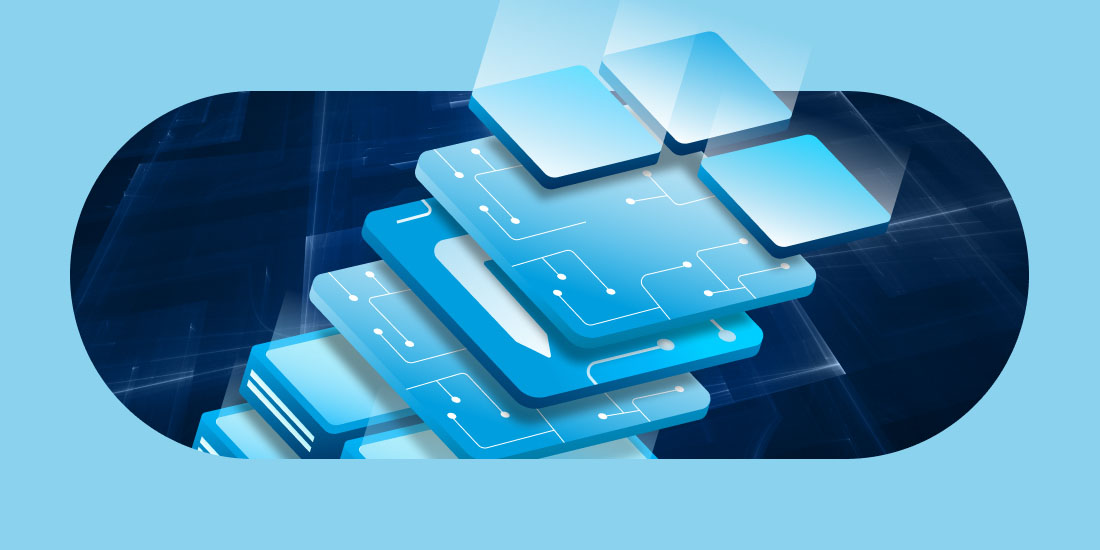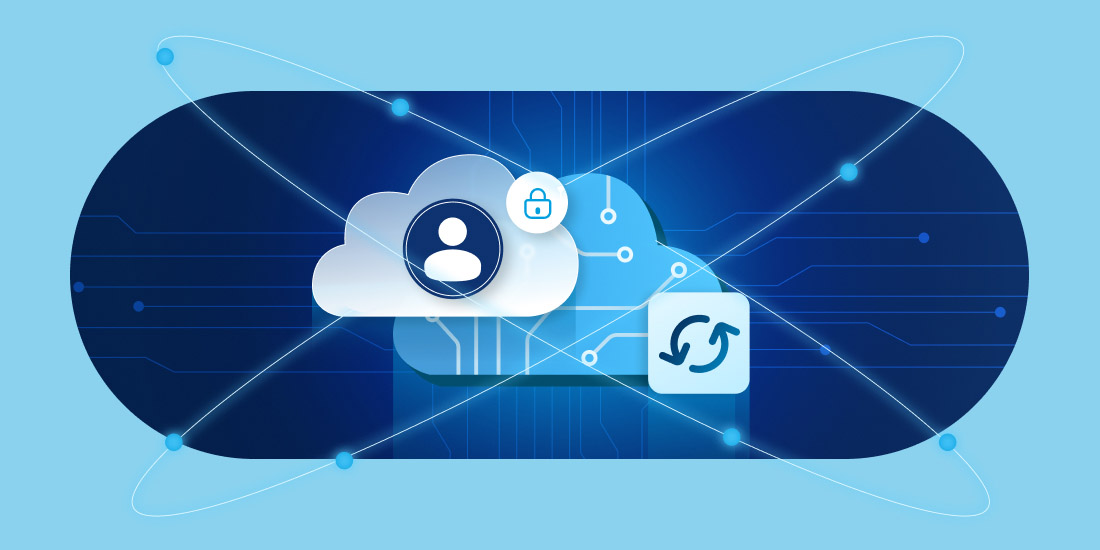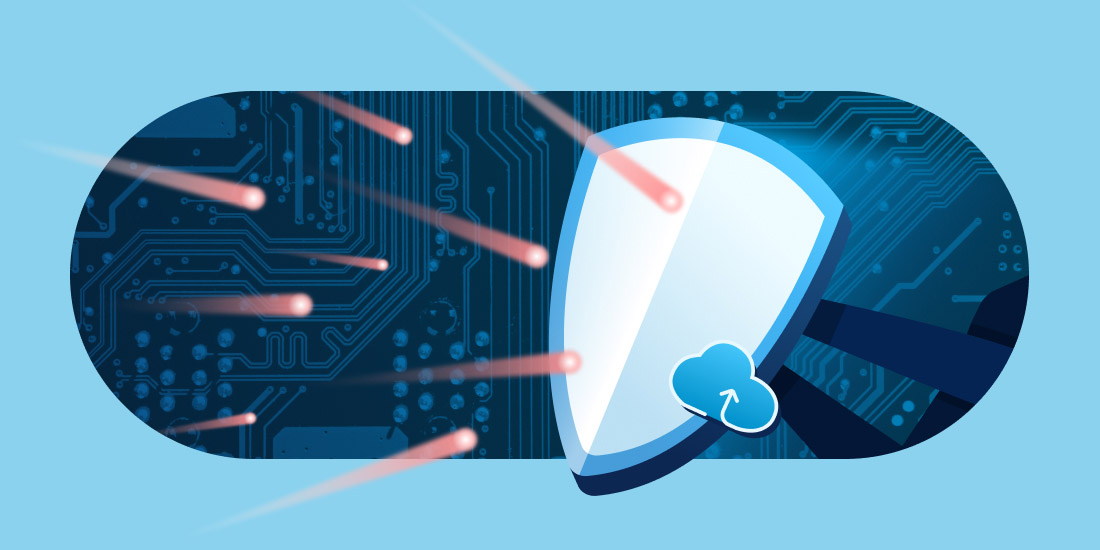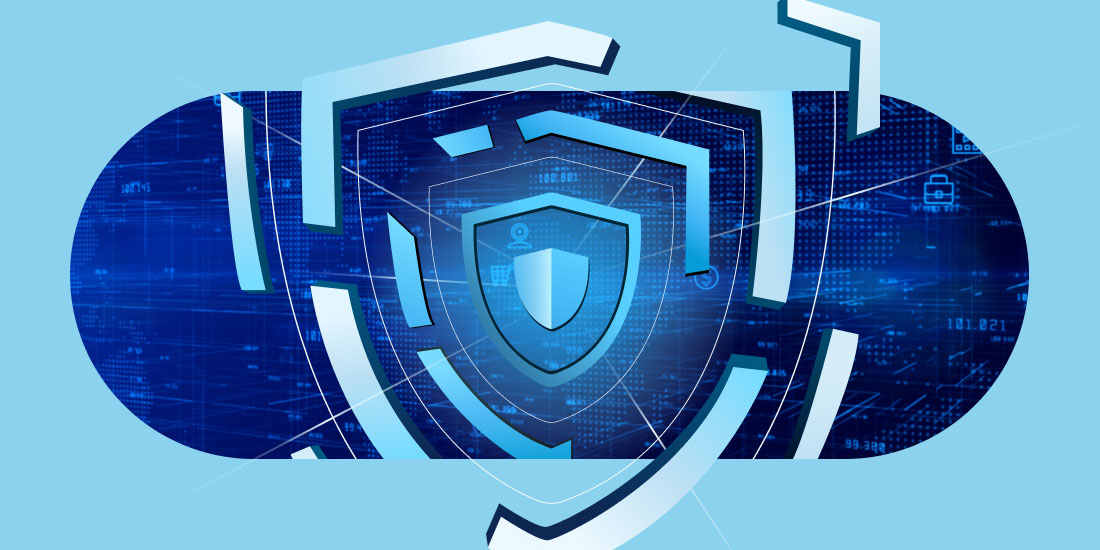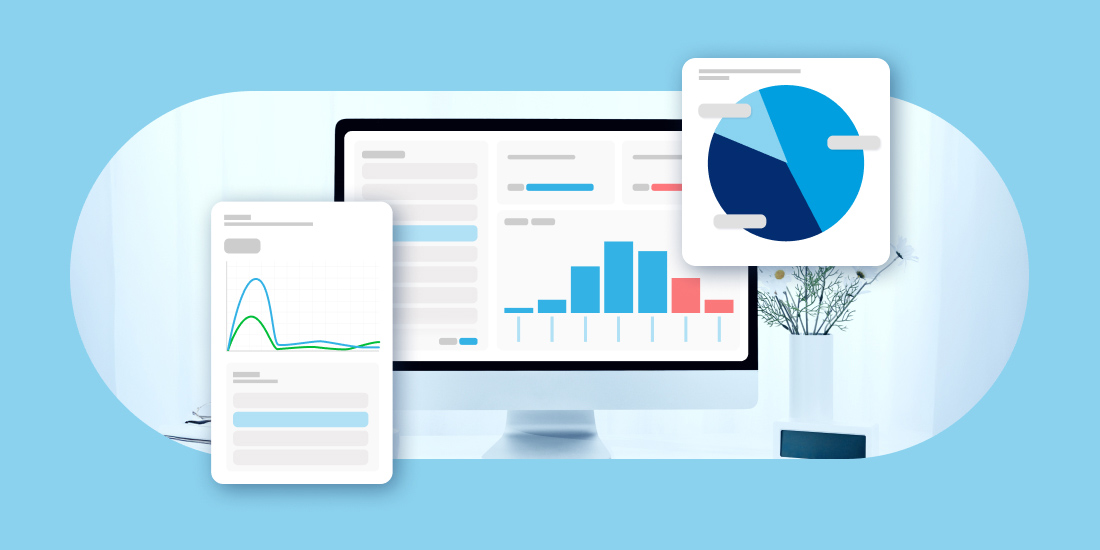Estimated Reading Time: 5 Minutes
Table of Contents
The world of managed services is rapidly evolving, and MSPs (Managed Service Providers) face mounting pressure to deliver more sophisticated, reliable, and scalable solutions. At the heart of this evolution is the MSP tech stack, a carefully curated collection of tools and services that form the backbone of every successful MSP operation.
But building a winning MSP tech stack isn’t about throwing tools together and hoping for the best. It’s about creating a streamlined, strategic framework that aligns with your clients’ needs, your business goals, and the broader IT landscape. In this guide, we’ll show you how to craft a tech stack that sets you apart, drives efficiency, and maximizes profitability by leveraging essential components like MSP monitoring tools, PSA integrations, and RMM tools.
Why a Solid MSP Tech Stack is Essential
MSPs are no strangers to change. The shift from break/fix services to recurring revenue models transformed the industry, and now the focus has shifted again, to standardization and automation through dedicated tech stacks.
Why MSPs need a solid tech stack:
- Operational Consistency: A standardized stack ensures uniform service delivery, reducing complexity for your team.
- Improved Scalability: Automation and integration allow you to handle more clients with fewer resources.
- Stronger Client Relationships: A well-structured stack empowers you to meet clients’ needs proactively, building trust and long-term partnerships.
The key to success? A tech stack that balances flexibility with standardization, enabling you to adapt without compromising efficiency. Here’s what you can do:
Step 1: Define Your Goals
Before diving into tool selection, take a step back. What’s the vision for your MSP business? Are you targeting specific industries, like healthcare or financial services, that have unique compliance requirements? Or are you focusing on SMBs that need robust but cost-effective solutions?
Pro tip: Start by defining your target market and understanding their pain points. For example:
- If you are in the US, healthcare clients might prioritize HIPAA-compliant data protection solutions.
- SMBs often seek affordable yet reliable MSP backup tools.
- Enterprise clients may require comprehensive identity management protection, making Microsoft Entra ID backup essential for safeguarding critical access configurations and ensuring business continuity.
Dropsuite’s email backup and archiving solutions are a perfect example of tools that can seamlessly integrate into diverse tech stacks, providing compliance and data protection capabilities for a wide range of industries and businesses.
Step 2: Evaluate the Right Tools
A successful tech stack starts with a strong foundation. Every MSP needs core tools that streamline daily operations while delivering measurable value to clients. The building blocks usually include:
- Remote Monitoring and Management (RMM): These tools allow MSPs to monitor and manage client environments proactively, ensuring systems remain secure and operational with minimum downtime.
- Professional Services Automation (PSA): A PSA tool simplifies essential business functions like ticketing, billing, and project management, making it easier to manage day-to-day operations efficiently.
- Documentation tools: Efficient documentation is vital for sharing knowledge and onboarding new team members.
Apart from the core tools any MSP should have, there are many types of dedicated tech service stacks tailored to specific focuses like cybersecurity, regulatory compliance, IT management, or general business services. For example, an MSP in the cybersecurity space will always have the following:
- Endpoint management: Manages and secures all connected devices by providing centralized control, proactive threat detection, and protection against malware, ransomware, and phishing.
- Anti-Malware and Patch Management: Combines malware protection with timely software updates to close security gaps and defend against known and emerging threats.
- Vulnerability Scanning and Assessment: Identifies and prioritizes security weaknesses, helping MSPs reduce risks and improve the client’s overall security posture.
- Network Security: Safeguards networks with firewalls, intrusion detection, VPNs, and traffic monitoring to prevent unauthorized access and mitigate cyber threats.
- Backup and Recovery: Such solutions protect against client data loss and ensure business continuity in case of disasters or cyberattacks.
Dropsuite is an award-winning choice in the backup and recovery space, offering scalable backup and archiving solutions that safeguard critical business communications against cyber threats and accidental loss.
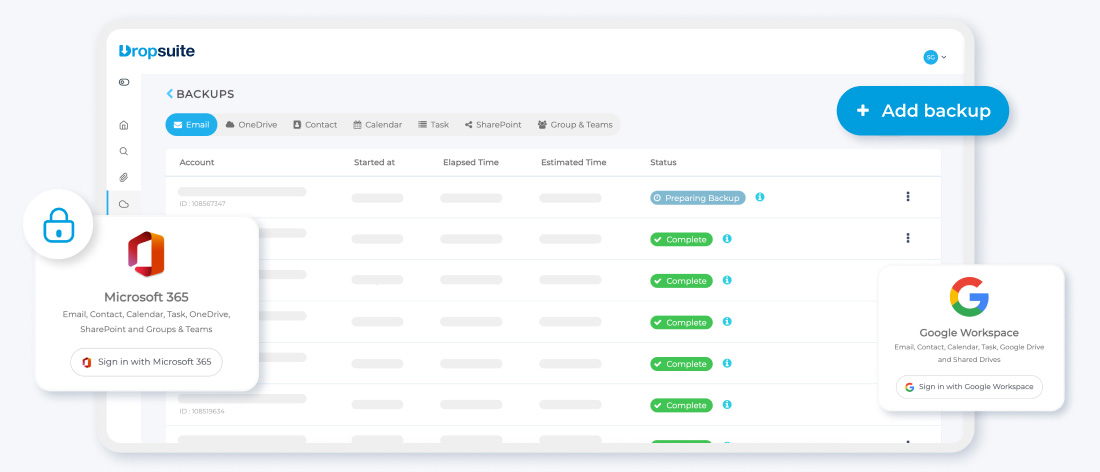
Step 3: Build Around Client Needs
Clients are the lifeblood of your business, and your tech stack should reflect that. Take the time to listen and understand their goals. What keeps them up at night? What barriers are they facing in achieving growth?
Here’s how to tailor your stack:
- Conduct regular discovery sessions to gather insights.
- Match tools to specific client pain points (e.g., integrating email archiving for compliance-heavy industries).
- Focus on scalability to grow alongside your clients’ needs.
It’s important to remember that when you build with your clients in mind, you’re not just delivering a service, but you’re becoming an indispensable partner in their success.
Step 4: Choose the Right Vendors
Selecting vendors to add to your tech stack can feel like navigating a crowded marketplace, but the right partnerships can make all the difference. Here’s what to look for:
- Expertise in Your Space: Look for vendors that understand your clients and offer specialized solutions to meet your unique needs.
- Seamless Integration: Ensure tools can work together to avoid siloed systems.
- Top-Notch Support: Strong vendor support ensures you’re never left hanging when issues arise.
- Transparent Pricing: Avoid hidden fees and focus on solutions that offer clear value.
Vendors like Dropsuite check all these boxes as a trusted backup and disaster recovery (BDR) vendor, providing MSPs with reliable, secure, and easy-to-integrate solutions for data protection and compliance.
Step 5: Price Your Services Effectively
Pricing is both art and science. Your clients want competitive rates, but you need profitability to thrive. Explore pricing models that align with your business strategy:
- Per-device pricing: Predictable for you and straightforward for clients.
- Per-user pricing: Simplifies billing and scales with client growth.
- Tiered packages: Offer customizable options to fit different budgets.
Bundling services within your stack not only simplifies pricing but also increases perceived value. For example, including Dropsuite’s email protection as part of a comprehensive BDR solution demonstrates your commitment to proactive client care.
Step 6: Showcase Your Value
Even the best tech stack won’t sell itself. Clients need to see the value you bring to their business, and that starts with transparency.
How to highlight your value:
- Use client dashboards or QBRs to present metrics like uptime, ticket resolution times, and data recovery successes.
- Leverage insights from tools like Dropsuite to highlight your commitment to data protection and compliance, reinforcing your role as a trusted advisor.
- Offer training sessions to help clients maximize the benefits of your tech stack.
Common Mistakes to Avoid
Building a tech stack doesn’t come without challenges. To create a seamless, efficient system that drives results, steer clear of these common mistakes:
- Overloading Your Stack: While it might be tempting to adopt every shiny new tool on the market, having too many tools can lead to confusion, inefficiencies, and integration nightmares.
- Ignoring Staff Training: Even the most sophisticated tech stack is only as effective as the people using it. Without proper training, your team may underutilize tools or, worse, use them incorrectly, leading to inefficiencies and increased risk of data breaches.
- Failing to Standardize: A lack of standardization across your tech stack can cause operational silos, hinder scalability, and lead to inconsistent service delivery. MSPs should prioritize establishing clear workflows, integration standards, and a unified approach to using the tech stack.
- Overlooking Security Implications: Every tool you add to your stack introduces potential vulnerabilities. Failing to evaluate the security posture of your tools, such as encryption standards, patching policies, and access controls, can expose your clients’ sensitive data to cyber threats.
- Neglecting Continuous Optimization: A tech stack is not a “set it and forget it” solution. MSPs that fail to regularly review and optimize their stack risk falling behind as technology evolves.
Final Thoughts
The tech stack is the backbone of every successful MSP. By defining your goals, selecting the right tools, and focusing on client needs, you can build a framework that sets you apart in a competitive market.
